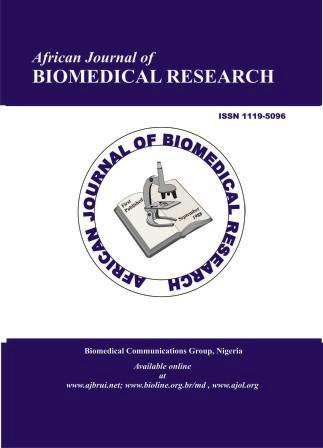Comparing Patient Outcomes In Minimally Invasive Versus Open Lumbar Spine Surgeries: A Prospective Analysis Of 240 Cases
DOI:
https://doi.org/10.53555/AJBR.v28i1.6828Keywords:
minimally invasive spine surgery, patient controlled analgesia pump, Visual Analogue ScaleAbstract
INTRODUCTION:
Minimally invasive spine surgeries (MISS) have gained prominence for reducing postoperative pain, blood loss, and hospital stays compared to open spine surgeries. However, studies have predominantly focused on surgeon-reported outcomes, with limited exploration from an anaesthesiologist’s perspective.
OBJECTIVE:
To compare pain, opioid use, and patient-reported outcomes between MISS and open surgeries in 2-3 level lumbar decompression and fusion cases.
METHODS AND MATERIAL:
This prospective study analysed 240 consecutive surgeries performed by a single surgeon and anesthetized by a consistent team. Patients were divided into Group A (open surgeries) and Group B (MISS). Standardized anaesthesia protocols and postoperative care with patient-controlled analgesia pump (PCAP) were employed. Pain scores, opioid consumption, postoperative nausea/vomiting (PONV), intraoperative blood loss, hospital stay, and recovery scores- Oswestry disability index and Quality of recover 15 item questionnaire (ODI and QoR-15) were recorded. Statistical analysis was performed using SPSS, with significance set at p<0.05.
RESULTS:
Group B demonstrated significantly lower visual analogue scale (VAS) pain scores, reduced PCAP presses, and lesser incidence of PONV. Blood loss was substantially less in MISS (218 ± 68 ml vs. 378 ± 120 ml, p<0.001). Hospital stays and mobilization times were shorter. Patient-reported outcomes, including ODI and QoR-15 scores, favoured MISS.
CONCLUSION:
MISS aligns with Enhanced Recovery After Surgery (ERAS) protocols, minimizing tissue disruption and narcotic use, thereby accelerating recovery. While MISS had a slightly longer operative time, its benefits in pain management and recovery highlight its efficacy. Limitations include the lack of long-term follow-up and radiological evaluations.
Downloads
Published
Issue
Section
License
Copyright (c) 2024 Dr Anjana Kashyap1, Dr Madhava Pai K (Author)

This work is licensed under a Creative Commons Attribution 4.0 International License.









